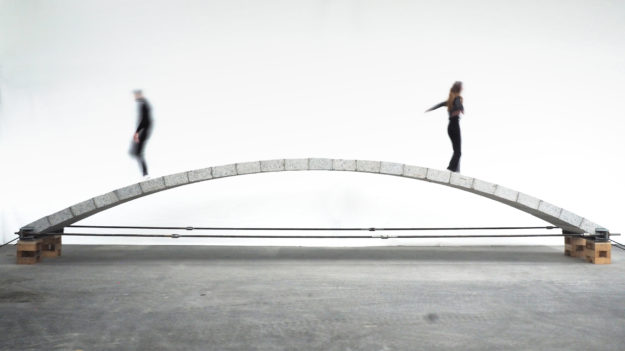Assessment of the reuse of building components as a key strategy in the circular economy
This research project lays the foundation for robust assessment and predictions of component reuse in architecture, both at the building scale for designers and at the regional scale for policy makers. In addition, these will help the scientific community to better direct research efforts in component reuse in architecture, and to better evaluate the impact of current and future research efforts aimed at mitigating the adverse environmental effects of the construction industry.
Following the recent rise of environmental consciousness, the reuse of building components in new architecture projects is seen as a promising approach to achieving greater sustainability in the construction industry. Whereas recycling generates new products through energy-intensive transformation, reuse extends the service life of an existing product by reclaiming it as a whole and exploiting its existing functional and technical features. Promoted by the EU and gaining impetus in Switzerland, reuse constitutes a key strategy in the circular economy. But today it is probably the strategy that is the furthest away from implementation in construction practice.
The reasons for its low application in buildings are more related to cultural and industrial inertia and a lack of references than to the construction technology. The following gaps in particular prevent public authorities and practitioners from proper assessment of the potential of reuse in terms of environmental and economical impact:
- lack of in-depth knowledge about component reuse in past architecture;
- lack of proven criteria and metrics to assess the reuse potential of building components;
- lack of benchmarks that characterise the gains and losses of a large-scale application of building component reuse.
Our research proposal tackles these three gaps through a bottom-up approach that starts with a precise characterisation of the building stock, its construction typologies, its use and the mechanical and spatial qualities of its components. The set of studied objects is bound to load-bearing, envelope, partitioning, and technical systems in residential, office, community, commercial and regular industrial buildings. Although the developed methodology is suitable for application in most economic regions worldwide, collected data originate mainly from Switzerland. Compared with current research in the field, this study aims to gain more nuanced knowledge about reuse by limiting the number of unfounded assumptions to a minimum.
